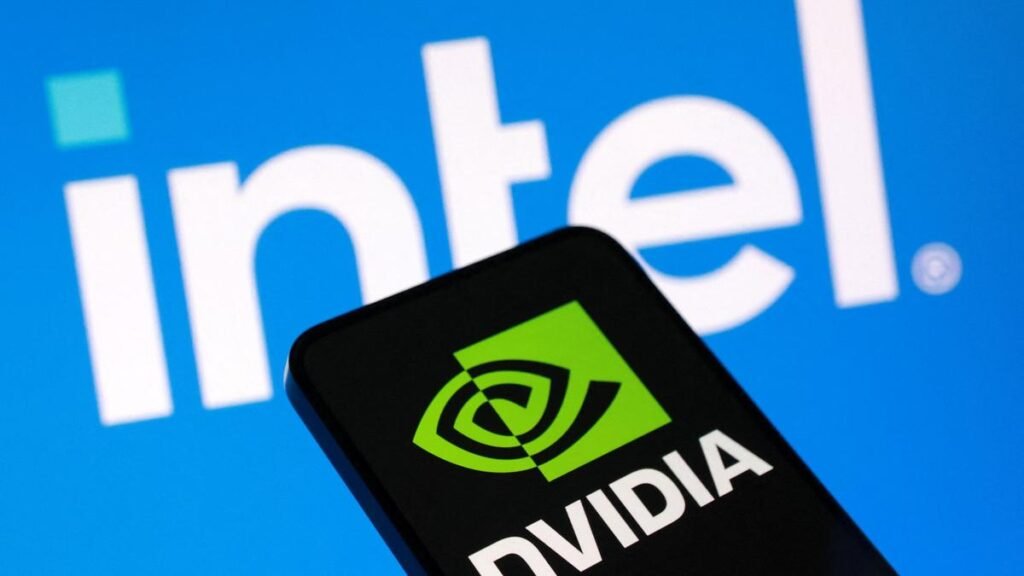Nvidia announced a huge step to invest $5 billion in Intel, acquiring about a 4 percent stake in the firm. The cost is around $23.28 a share, and the deal must still be approved by regulators.

Under the arrangement, Nvidia and Intel will collaborate to develop new chip products for data centers and PCs. Intel will develop CPUs tailored for Nvidia’s AI infrastructure. For PCs, it will create system-on-chips (SoCs) that merge Intel CPUs and Nvidia graphics chiplets. These chiplets are simply small, modular units that do graphics processing.
Main Impacts of the Alliance
This step provides Intel with a lifeline. The firm has been facing problems recently with falling market share, financial losses, and stiff competition from competitors such as AMD and firms that produce chips in Taiwan. The new alliance will enable Intel to tap into Nvidia’s high-end AI and accelerated computing technologies.
For Nvidia, the transaction makes it even stronger. It moves it closer to owning all parts of the AI computing stack from the CPUs to the GPUs by allying with Intel’s ubiquitous x86 architecture. It also implies Nvidia can bring its graphics and AI chops more directly into PC platforms.

Market Reactions and Challenges Ahead
Following the announcement, Intel’s stock price surged by more than 20-25%, showing investor optimism about this tie-up. Nvidia’s stock also picked up modestly.
There are, however, issues. The deal does not have Intel’s foundry business (its chip-making service) manufacturing Nvidia’s chips. That is, Nvidia is not yet shifting its manufacturing away from firms like TSMC, which produces a lot of chips for many technology firms.
Regulatory barriers need to be overcome, and the two firms will have to ensure that the partnership yields performance and value to customers. If it works, it has the potential to reconfigure competition in the worldwide semiconductor market.

